Ron Hoory
Spoken question answering for visual queries
May 29, 2025Abstract:Question answering (QA) systems are designed to answer natural language questions. Visual QA (VQA) and Spoken QA (SQA) systems extend the textual QA system to accept visual and spoken input respectively. This work aims to create a system that enables user interaction through both speech and images. That is achieved through the fusion of text, speech, and image modalities to tackle the task of spoken VQA (SVQA). The resulting multi-modal model has textual, visual, and spoken inputs and can answer spoken questions on images. Training and evaluating SVQA models requires a dataset for all three modalities, but no such dataset currently exists. We address this problem by synthesizing VQA datasets using two zero-shot TTS models. Our initial findings indicate that a model trained only with synthesized speech nearly reaches the performance of the upper-bounding model trained on textual QAs. In addition, we show that the choice of the TTS model has a minor impact on accuracy.
Granite-speech: open-source speech-aware LLMs with strong English ASR capabilities
May 14, 2025Abstract:Granite-speech LLMs are compact and efficient speech language models specifically designed for English ASR and automatic speech translation (AST). The models were trained by modality aligning the 2B and 8B parameter variants of granite-3.3-instruct to speech on publicly available open-source corpora containing audio inputs and text targets consisting of either human transcripts for ASR or automatically generated translations for AST. Comprehensive benchmarking shows that on English ASR, which was our primary focus, they outperform several competitors' models that were trained on orders of magnitude more proprietary data, and they keep pace on English-to-X AST for major European languages, Japanese, and Chinese. The speech-specific components are: a conformer acoustic encoder using block attention and self-conditioning trained with connectionist temporal classification, a windowed query-transformer speech modality adapter used to do temporal downsampling of the acoustic embeddings and map them to the LLM text embedding space, and LoRA adapters to further fine-tune the text LLM. Granite-speech-3.3 operates in two modes: in speech mode, it performs ASR and AST by activating the encoder, projector, and LoRA adapters; in text mode, it calls the underlying granite-3.3-instruct model directly (without LoRA), essentially preserving all the text LLM capabilities and safety. Both models are freely available on HuggingFace (https://huggingface.co/ibm-granite/granite-speech-3.3-2b and https://huggingface.co/ibm-granite/granite-speech-3.3-8b) and can be used for both research and commercial purposes under a permissive Apache 2.0 license.
Continuous Speech Synthesis using per-token Latent Diffusion
Oct 21, 2024



Abstract:The success of autoregressive transformer models with discrete tokens has inspired quantization-based approaches for continuous modalities, though these often limit reconstruction quality. We therefore introduce SALAD, a per-token latent diffusion model for zero-shot text-to-speech, that operates on continuous representations. SALAD builds upon the recently proposed expressive diffusion head for image generation, and extends it to generate variable-length outputs. Our approach utilizes semantic tokens for providing contextual information and determining the stopping condition. We suggest three continuous variants for our method, extending popular discrete speech synthesis techniques. Additionally, we implement discrete baselines for each variant and conduct a comparative analysis of discrete versus continuous speech modeling techniques. Our results demonstrate that both continuous and discrete approaches are highly competent, and that SALAD achieves a superior intelligibility score while obtaining speech quality and speaker similarity on par with the ground-truth audio.
Creating an African American-Sounding TTS: Guidelines, Technical Challenges,and Surprising Evaluations
Mar 17, 2024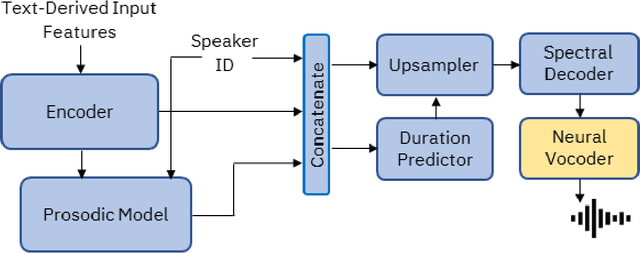

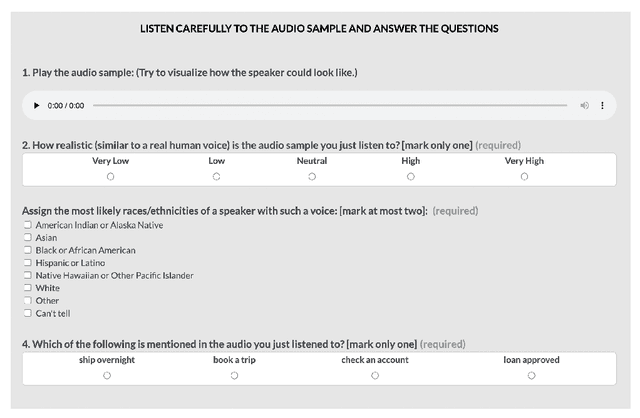

Abstract:Representations of AI agents in user interfaces and robotics are predominantly White, not only in terms of facial and skin features, but also in the synthetic voices they use. In this paper we explore some unexpected challenges in the representation of race we found in the process of developing an U.S. English Text-to-Speech (TTS) system aimed to sound like an educated, professional, regional accent-free African American woman. The paper starts by presenting the results of focus groups with African American IT professionals where guidelines and challenges for the creation of a representative and appropriate TTS system were discussed and gathered, followed by a discussion about some of the technical difficulties faced by the TTS system developers. We then describe two studies with U.S. English speakers where the participants were not able to attribute the correct race to the African American TTS voice while overwhelmingly correctly recognizing the race of a White TTS system of similar quality. A focus group with African American IT workers not only confirmed the representativeness of the African American voice we built, but also suggested that the surprising recognition results may have been caused by the inability or the latent prejudice from non-African Americans to associate educated, non-vernacular, professionally-sounding voices to African American people.
Speak While You Think: Streaming Speech Synthesis During Text Generation
Sep 20, 2023

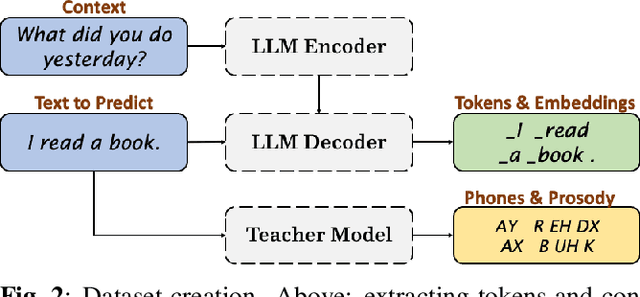
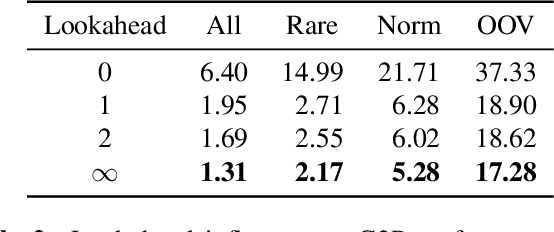
Abstract:Large Language Models (LLMs) demonstrate impressive capabilities, yet interaction with these models is mostly facilitated through text. Using Text-To-Speech to synthesize LLM outputs typically results in notable latency, which is impractical for fluent voice conversations. We propose LLM2Speech, an architecture to synthesize speech while text is being generated by an LLM which yields significant latency reduction. LLM2Speech mimics the predictions of a non-streaming teacher model while limiting the exposure to future context in order to enable streaming. It exploits the hidden embeddings of the LLM, a by-product of the text generation that contains informative semantic context. Experimental results show that LLM2Speech maintains the teacher's quality while reducing the latency to enable natural conversations.
Towards a Common Speech Analysis Engine
Mar 01, 2022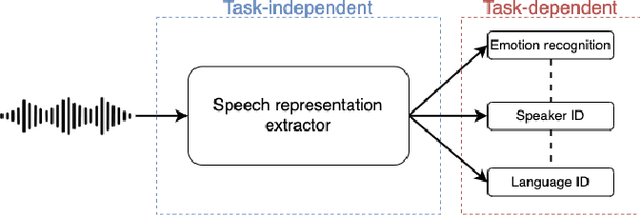
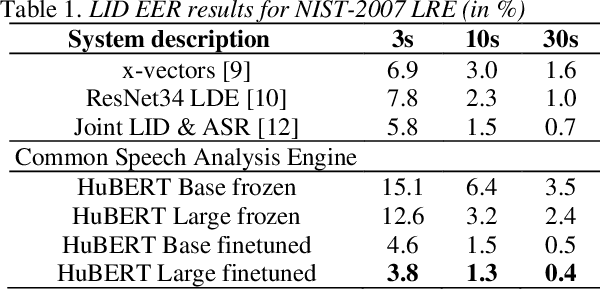


Abstract:Recent innovations in self-supervised representation learning have led to remarkable advances in natural language processing. That said, in the speech processing domain, self-supervised representation learning-based systems are not yet considered state-of-the-art. We propose leveraging recent advances in self-supervised-based speech processing to create a common speech analysis engine. Such an engine should be able to handle multiple speech processing tasks, using a single architecture, to obtain state-of-the-art accuracy. The engine must also enable support for new tasks with small training datasets. Beyond that, a common engine should be capable of supporting distributed training with client in-house private data. We present the architecture for a common speech analysis engine based on the HuBERT self-supervised speech representation. Based on experiments, we report our results for language identification and emotion recognition on the standard evaluations NIST-LRE 07 and IEMOCAP. Our results surpass the state-of-the-art performance reported so far on these tasks. We also analyzed our engine on the emotion recognition task using reduced amounts of training data and show how to achieve improved results.
A new data augmentation method for intent classification enhancement and its application on spoken conversation datasets
Feb 21, 2022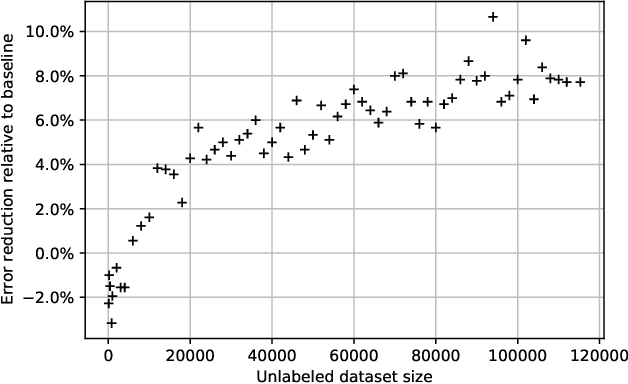
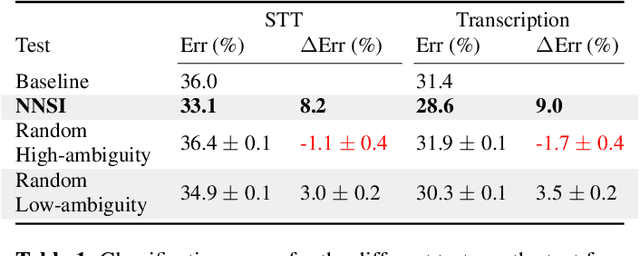
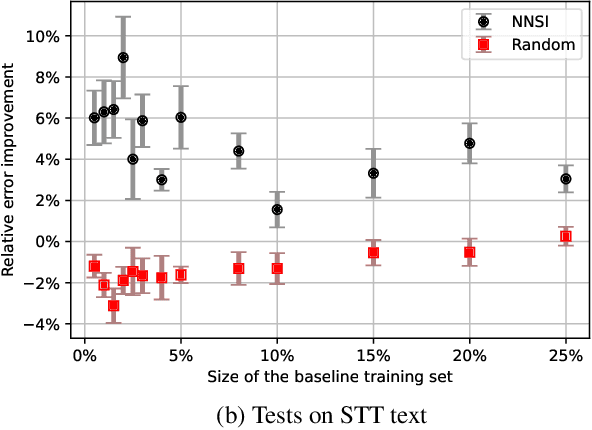
Abstract:Intent classifiers are vital to the successful operation of virtual agent systems. This is especially so in voice activated systems where the data can be noisy with many ambiguous directions for user intents. Before operation begins, these classifiers are generally lacking in real-world training data. Active learning is a common approach used to help label large amounts of collected user input. However, this approach requires many hours of manual labeling work. We present the Nearest Neighbors Scores Improvement (NNSI) algorithm for automatic data selection and labeling. The NNSI reduces the need for manual labeling by automatically selecting highly-ambiguous samples and labeling them with high accuracy. This is done by integrating the classifier's output from a semantically similar group of text samples. The labeled samples can then be added to the training set to improve the accuracy of the classifier. We demonstrated the use of NNSI on two large-scale, real-life voice conversation systems. Evaluation of our results showed that our method was able to select and label useful samples with high accuracy. Adding these new samples to the training data significantly improved the classifiers and reduced error rates by up to 10%.
Speech Emotion Recognition using Self-Supervised Features
Feb 07, 2022



Abstract:Self-supervised pre-trained features have consistently delivered state-of-art results in the field of natural language processing (NLP); however, their merits in the field of speech emotion recognition (SER) still need further investigation. In this paper we introduce a modular End-to- End (E2E) SER system based on an Upstream + Downstream architecture paradigm, which allows easy use/integration of a large variety of self-supervised features. Several SER experiments for predicting categorical emotion classes from the IEMOCAP dataset are performed. These experiments investigate interactions among fine-tuning of self-supervised feature models, aggregation of frame-level features into utterance-level features and back-end classification networks. The proposed monomodal speechonly based system not only achieves SOTA results, but also brings light to the possibility of powerful and well finetuned self-supervised acoustic features that reach results similar to the results achieved by SOTA multimodal systems using both Speech and Text modalities.
Speaker Normalization for Self-supervised Speech Emotion Recognition
Feb 02, 2022
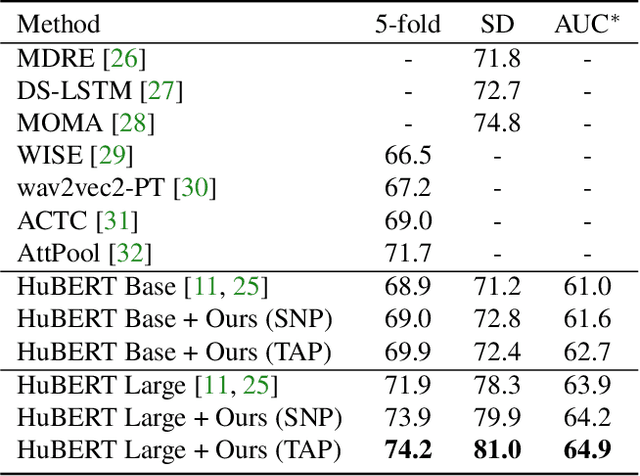
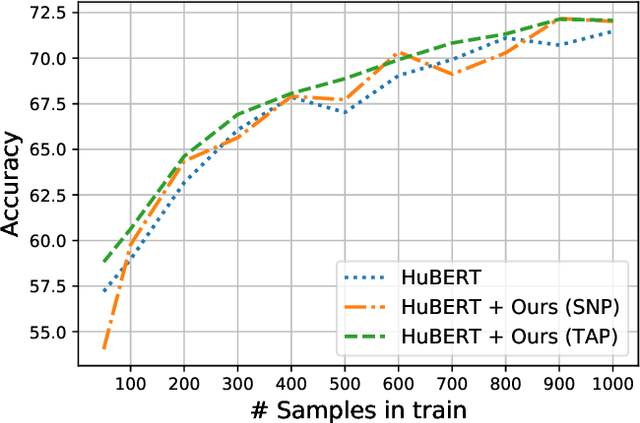
Abstract:Large speech emotion recognition datasets are hard to obtain, and small datasets may contain biases. Deep-net-based classifiers, in turn, are prone to exploit those biases and find shortcuts such as speaker characteristics. These shortcuts usually harm a model's ability to generalize. To address this challenge, we propose a gradient-based adversary learning framework that learns a speech emotion recognition task while normalizing speaker characteristics from the feature representation. We demonstrate the efficacy of our method on both speaker-independent and speaker-dependent settings and obtain new state-of-the-art results on the challenging IEMOCAP dataset.
RNN Transducer Models For Spoken Language Understanding
Apr 08, 2021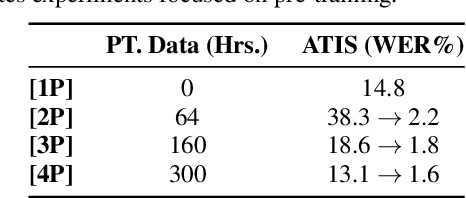
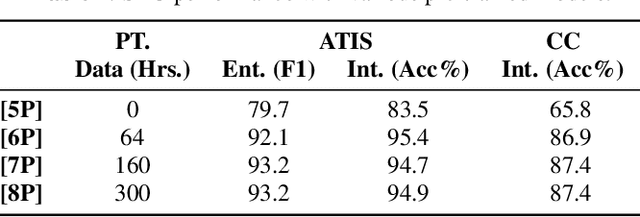
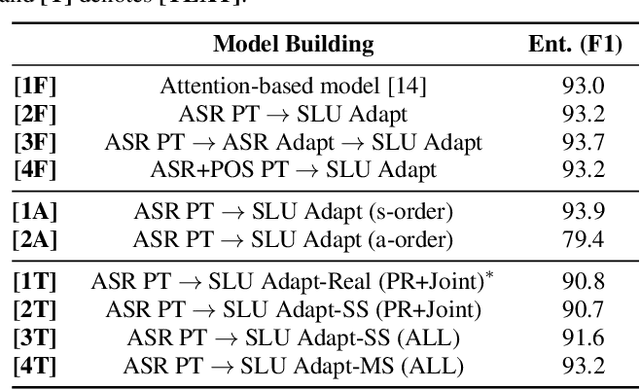
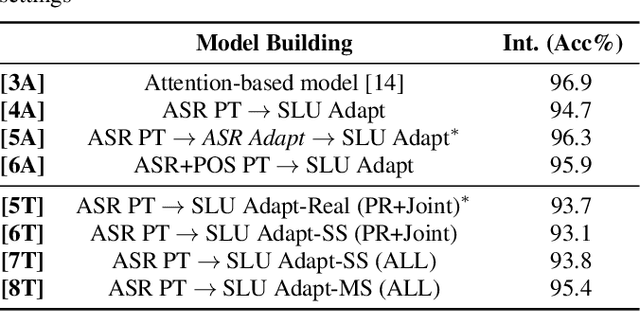
Abstract:We present a comprehensive study on building and adapting RNN transducer (RNN-T) models for spoken language understanding(SLU). These end-to-end (E2E) models are constructed in three practical settings: a case where verbatim transcripts are available, a constrained case where the only available annotations are SLU labels and their values, and a more restrictive case where transcripts are available but not corresponding audio. We show how RNN-T SLU models can be developed starting from pre-trained automatic speech recognition (ASR) systems, followed by an SLU adaptation step. In settings where real audio data is not available, artificially synthesized speech is used to successfully adapt various SLU models. When evaluated on two SLU data sets, the ATIS corpus and a customer call center data set, the proposed models closely track the performance of other E2E models and achieve state-of-the-art results.
 Add to Chrome
Add to Chrome Add to Firefox
Add to Firefox Add to Edge
Add to Edge